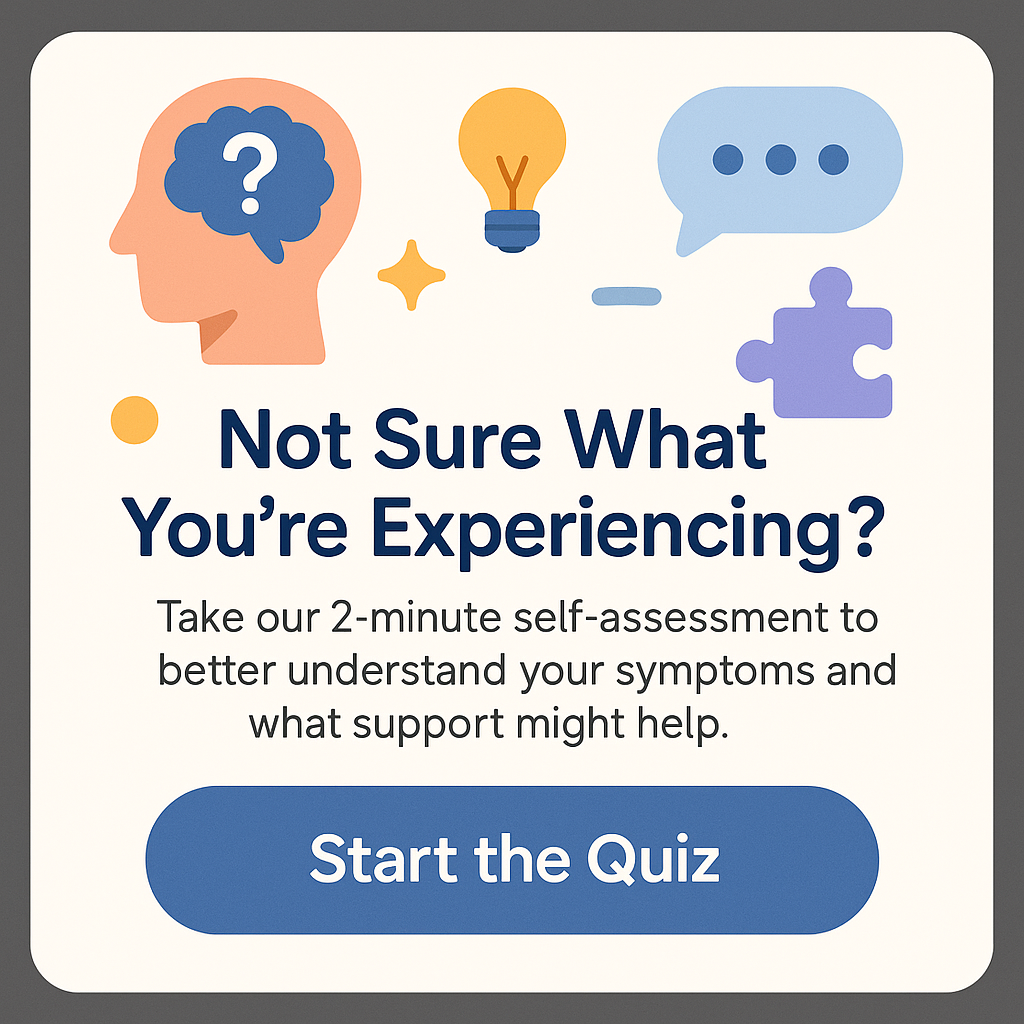What are the 4 functions of behavior in ABA therapy?
Understanding the question, What are the 4 functions of behavior in ABA therapy? opens the door to better insights into the world of Applied Behavior Analysis (ABA). Whether you’re a parent, educator, or someone simply interested in understanding behavior, grasping these functions can greatly enhance your approach to behavioral challenges. The four functions of behavior in ABA therapy are: to obtain something, to escape something, for sensory stimulation, and for attention. By identifying these purposes, therapists can tailor interventions to meet specific needs, significantly improving outcomes for individuals.
ABA therapy is a scientifically validated approach often used to support individuals with autism or related behavioral challenges. Combining the science of behavior with practical applications, ABA looks into how certain behaviors can be understood, modified, and frequently reinforced. Understanding the functions of behavior provides clarity not just for practitioners, but also for families aiming to foster positive behavioral changes in their loved ones.
Understanding the Functions of Behavior in ABA Therapy
To truly appreciate the functions of behavior, it’s crucial to start with a foundational understanding of ABA. What are the 4 functions of behavior in ABA therapy? can be explored thoroughly by examining each function and its implications in real-world scenarios. These functions can be classified into four primary categories:
1. Attention-Seeking Behaviors
One of the most common functions of behavior is seeking attention. When a child behaves in a certain way, whether it’s shouting, tantrums, or even quieter methods like sulking, the core desire is often to attract the attention of caregivers or peers. Every person, regardless of age, naturally seeks connection and validation; thus, behaviors aimed at obtaining attention aren’t inherently negative.
For instance, imagine a child throwing toys during playtime. While the immediate reaction may be annoyance, the underlying desire could be a simple need for acknowledgment. In this context, understanding that the child is merely trying to engage can redirect intervention strategies. Instead of scolding, caregivers can offer attention positively when the child engages in appropriate play. This shifts the behavior towards what is desired, creating a positive reinforcement loop.
2. Escape or Avoidance Behavior
The second feature of behavioral functions, as we delve deeper into What are the 4 functions of behavior in ABA therapy?, involves escape or avoidance. Sometimes, individuals may display behaviors to evade a task or situation they find overwhelming or undesirable. This could manifest as refusal to participate in an activity, avoidance of certain classmates during recess, or any behavior that signals distress in specific circumstances.
For example, consider a student who often leaves the classroom during math lessons. Instead of labeling the behavior as merely disruptive, a deeper look can reveal that the student likely finds math challenging. In this case, avoiding the task serves as a functional escape from stress. It’s essential for educators and parents to identify these cues and provide support—maybe through additional help during math or allowing alternative methods to engage with the content—instead of pushing the child into deeper discomfort.
The Remaining Functions of Behavior in ABA Therapy
3. Sensory Stimulation
In addition to attention and escape, sensory stimulation represents another critical function of behavior in the ABA framework. Some individuals engage in specific behaviors to achieve sensory feedback, processing, or regulation. This need for sensory experiences can manifest in various ways, like flapping hands, rocking back and forth, or even humming.
For instance, a child might repeatedly spin in circles. While to some, this might appear random or disruptive, the child is seeking the sensory input that spinning provides. Understanding this behavior allows for constructive alternatives. Instead of discouraging it outright, introducing sensory-friendly environments or activities can help channel this need positively. Whether it’s through tactile play, sensory boxes, or opportunities to engage in movement breaks, acknowledging the need for sensory input can create a balance between fulfilling that need and fostering other learning activities.
4. Access to Tangibles
The last function we explore in relation to What are the 4 functions of behavior in ABA therapy? is seeking access to tangibles. Individuals may display behaviors aimed at acquiring specific items, privileges, or experiences. This could range from reaching for a toy to negotiating for another story at bedtime. While this might seem straightforward, it often requires a nuanced understanding of the underlying desires driving the behavior.
Take a child who is fixated on a particular toy while playing with friends. If that toy is snatched away, the child may react by crying or yelling. Here, the behavior is a manifestation of the desire to maintain access to that tangible object. To address this, parents and teachers can work on communication strategies that empower the child to express their desires without resorting to disruptive behaviors. Teaching appropriate language for asking, sharing, or trading items can lay the foundation for improved interactions and reduced frustration.
Conclusion
In understanding the question, What are the 4 functions of behavior in ABA therapy?, we reveal key insights into human behavior and social engagement. By recognizing the roles of attention, escape, sensory stimulation, and access to tangibles, families and practitioners can approach behavior in a more nuanced manner. Rather than focusing solely on the surface-level disruptions, the emphasis shifts to underlying motivations. Therapists can design individualized interventions that not only address immediate concerns but also foster long-term positive behavior changes. The goal of ABA therapy, after all, is to improve individual lives and equip them with the skills needed for success in various contexts.
Raising awareness about the functions of behavior enhances the ongoing dialogue between caregivers, educators, and the child. This promotes a collaborative approach that addresses needs holistically, leading to more favorable outcomes in therapeutic contexts. Understanding human behavior is much like deciphering a complex code; every pattern presents an opportunity to learn and grow.
FAQs about the Functions of Behavior in ABA Therapy
1. What are the main functions of behavior?
The four main functions of behavior include seeking attention, escaping tasks or situations, attaining sensory stimulation, and accessing tangibles. Understanding these functions helps inform better interventions.
2. How can I identify the function of a child’s behavior?
Observing patterns in behavior, such as what triggers it and the responses it elicits, can help identify its function. Keeping a behavior journal can also clarify this over time.
3. Can the functions of behavior change over time?
Yes, functions of behavior can change based on development, environment, and learned skills. Children may initially engage in a behavior for one function, then shift to another as they grow.
4. How can ABA therapy help with challenging behaviors?
ABA therapy uses data-driven analysis to identify behavior functions and create tailored interventions, helping individuals manage and modify challenging behaviors effectively.
5. What is the role of reinforcement in ABA?
Reinforcement in ABA is used to increase the likelihood of desired behaviors and can be positive (adding a reward) or negative (removing an undesired stimulus). Understanding reinforcement is key to successful ABA interventions.
Can an Autistic Person Drive? Understanding the Challenges and Possibilities







